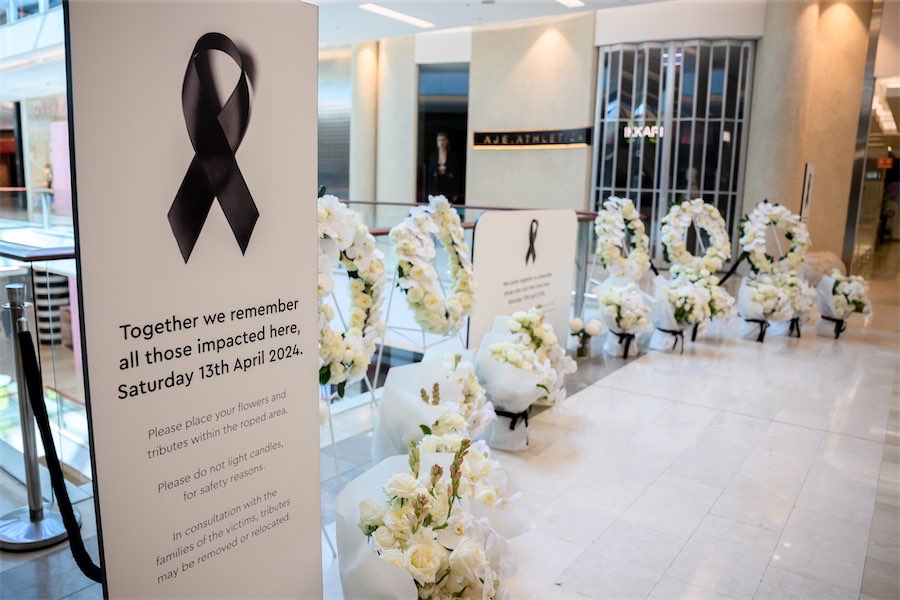“JEWELLERY – it’s the oldest human art form in existence,” says the curator of the coming Cartier exhibition at the National Gallery, Margaret Young-Sanchez.
“People have always desired to adorn
themselves, it’s a basic instinct.”
But if you want adornment with magnificent stones and beautiful craftsmanship, she says, you’re in the world of haute joaillerie (high jewellery) and nothing, not even the creations of Bvlgari or Boucheron, can rival the art of Maison Cartier.
“Cartier: The Exhibition”, showcasing more than 300 items loaned by royal families, celebrities and the Cartier Collection itself, began at the Denver Art Museum in Colorado where, as the curator of pre-Columbian art, Young-Sanchez also found herself looking at three-dimensional objects in general and jewellery in particular when she was asked to curate a smaller Cartier show.
She mounted a show that has been seen as far afield as Singapore and now, in a considerably expanded exhibition, in Canberra.
It’s a development from the Denver nucleus, augmented by sections on Dame Nellie Melba and the British Royal Family, and is intended “to create a story of jewellery through time”, or at least since the Cartier family set up business in 1847.
Unsurprisingly, she believes, you can spot Cartier creations from a mile off, so distinct and recognisable are their forms.
For one thing, Cartier jewellery was made for each individual, each piece made to lie perfectly on the body of a person. A perfect example is the famous crocodile necklace made for Mexican film star María Félix in 1975. Its sharp claws can be detached and replaced by gentler claws. Stories are circulating among NGA staff that Félix came into Maison Cartier with two young crocodiles, but advised the jewellers, “be quick, they grow fast”.
From the outset, a mainstay of Cartier, Young-Sanchez says, was its celebrity clientele. In the 19th century it was important to have royalty among patrons, figures such as the Princess Mathilde Bonaparte or the Aga Khan III and his young wife Andrée Carron or later King Edward VII, who ordered a job lot of tiaras for his own coronation.
So, what will Canberrans see? Curator Young-Sanchez says the opening gallery is devoted to the idea of refined elegance and focuses on pre-World War I art, when there was a mix of new and old money.
American women were marrying into British and European aristocracy and wanted to make their mark, such as American mining heiress Evalyn Walsh McLean, who owned the Hope Diamond, but whose father had been an ordinary Irish immigrant who struck it rich on the goldfields.
A significant part of the NGA exhibition is devoted to the jewels of diva Dame Nellie Melba. When her career first burgeoned in Brussels, she was given some paste jewellery and a real diamond that she later had set by Cartier. Later music lovers showered her with gifts of jewellery and she was purported to have said disingenuously: “I care nothing for the jewels, only the music”.
It was to Cartier that she turned in 1902 in preparation for Edward VII’s coronation and, in the same year as her first return visit to Australia, she wanted to dazzle, purchasing a necklace and a ready-made tiara from their shop.
Ever-patriotic, Melba did not confine her taste to conventional jewels. During a tour the “Musicians of New South Wales” presented her with a heart-shaped opal that she had made into a brooch by Cartier and she also tried to encourage the use of the tourmaline in Europe, to help Australian miners.
In the 20th century part of the NGA show there are geometric pieces from the European art deco tradition as well as individual pieces designed in Indian, Egyptian and east Asian styles. But Young-Sanchez stresses that the objects are not Chinese or Indian, but pure Cartier. Elsewhere are fantastical creations by Cartier, including the “Tutti Frutti” necklace owned by Edwina Mountbatten, on loan from London’s Victoria and Albert Museum.
Bypassing forgotten celebrities of yesteryear, the exhibition has turned the spotlight of five individuals – fashionista Daisy Fellowes, once called “the most wicked woman in high society”; Hollywood star Elizabeth Taylor; Mexican actress María Félix; the Duchess of Windsor and Grace Kelly, who combined film celebrity with royal status. One object in the show is on loan from the Monaco Palace.
Fellowes, Félix and the Duchess in particular were very strong personalities. Young-Sanchez says: “With daring taste, pushing the boundaries… they wanted to become the most fashionable women in the world.”
And Cartier helped them do that.
“Cartier: The Exhibition,” at the National Gallery of Australia from March 30 to July 22. Bookings to premier.ticketek.com.au
Who can be trusted?
In a world of spin and confusion, there’s never been a more important time to support independent journalism in Canberra.
If you trust our work online and want to enforce the power of independent voices, I invite you to make a small contribution.
Every dollar of support is invested back into our journalism to help keep citynews.com.au strong and free.
Thank you,
Ian Meikle, editor




Leave a Reply